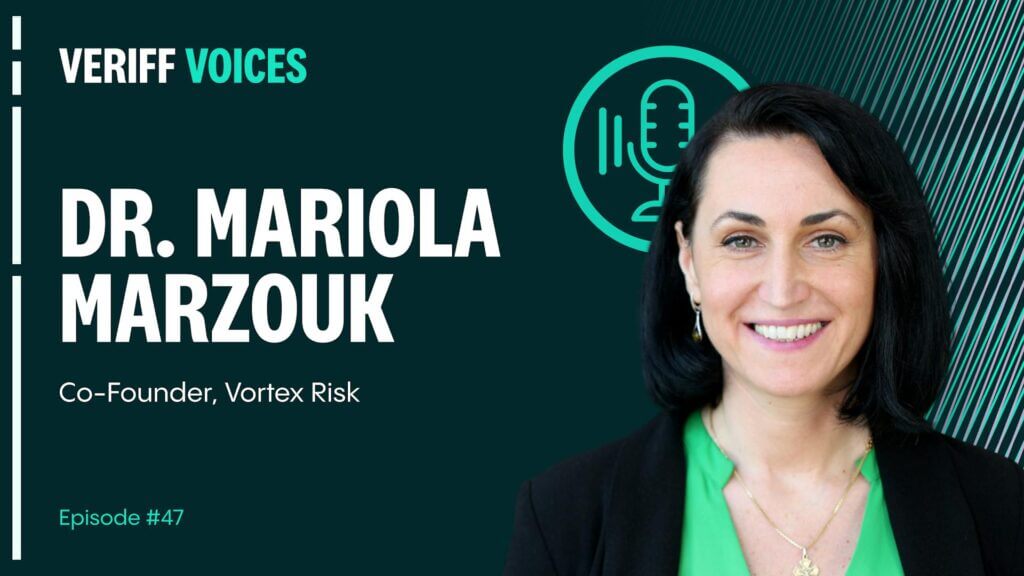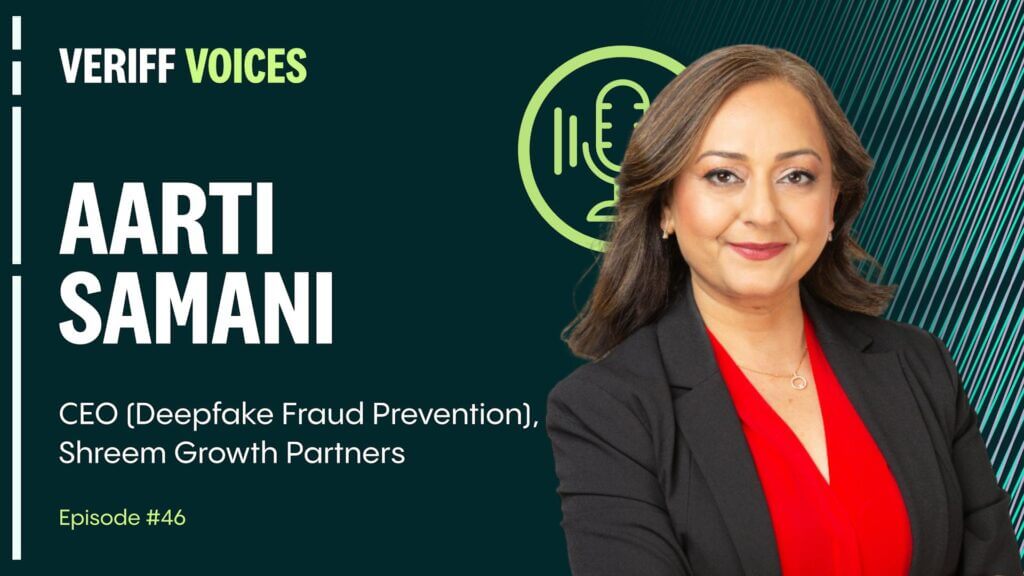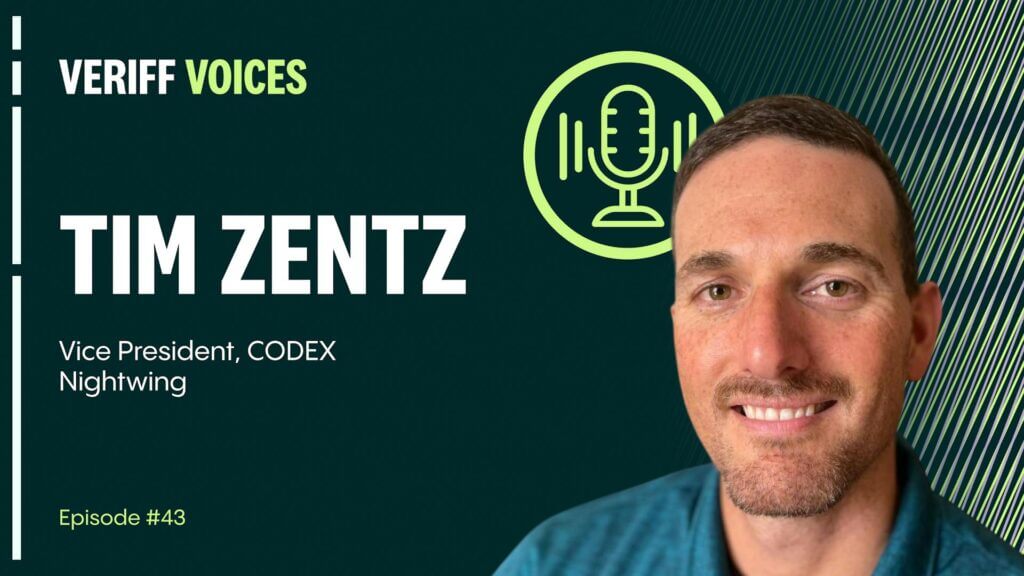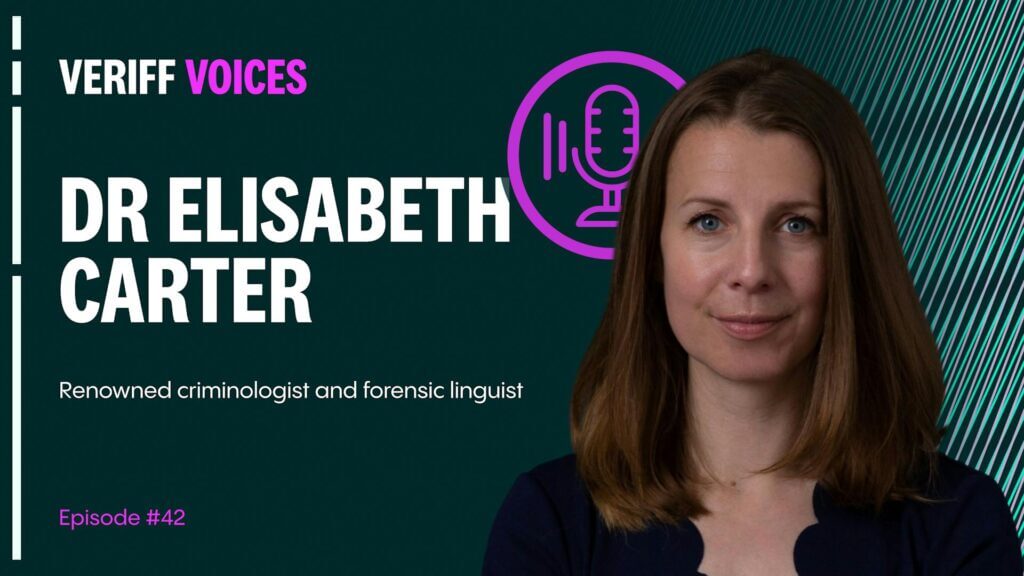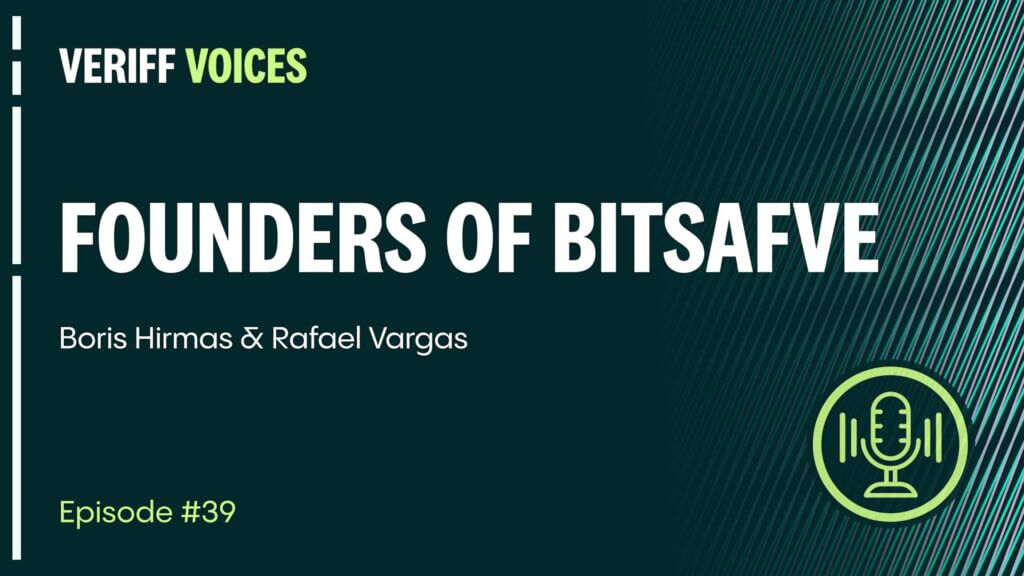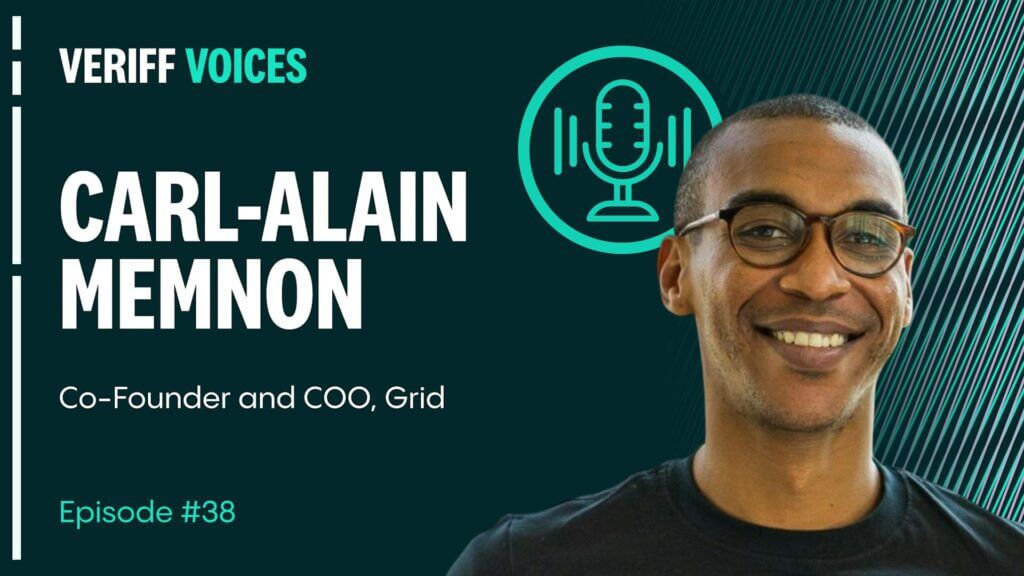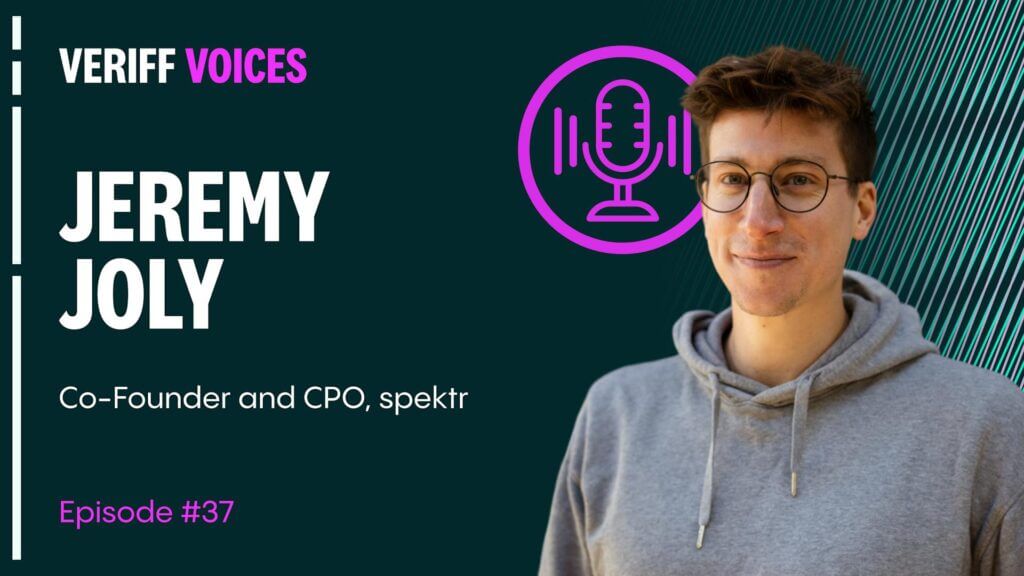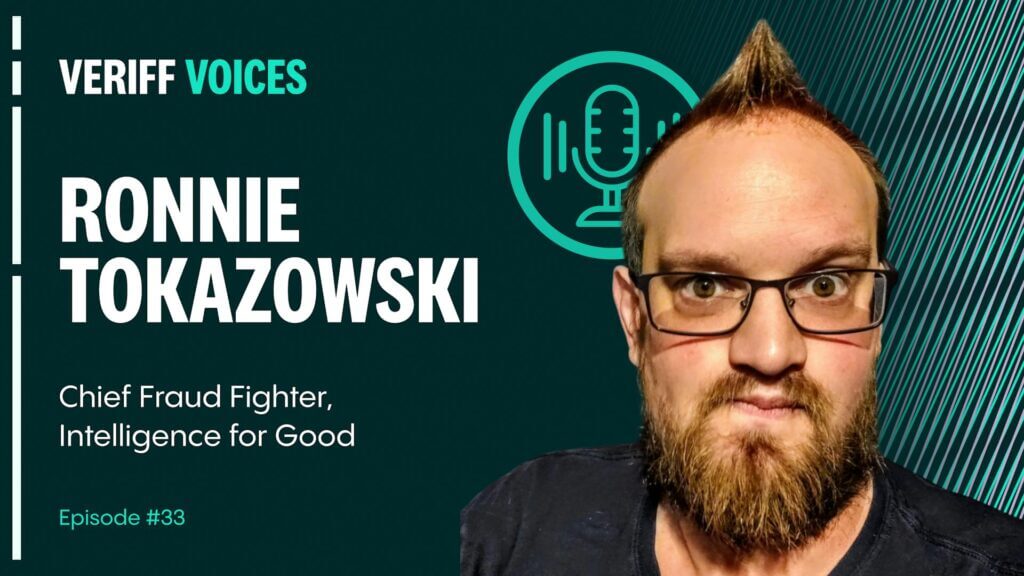Podcast
E-signatures and identity verification: the perfect partnership
Having come into their own during the pandemic, electronic signatures are evolving rapidly. We spoke to the cofounder of eID Easy to find out why he believes combining electronic identities with e-signatures will change the world for the better, and why Veriff and eID Easy are perfect partners.
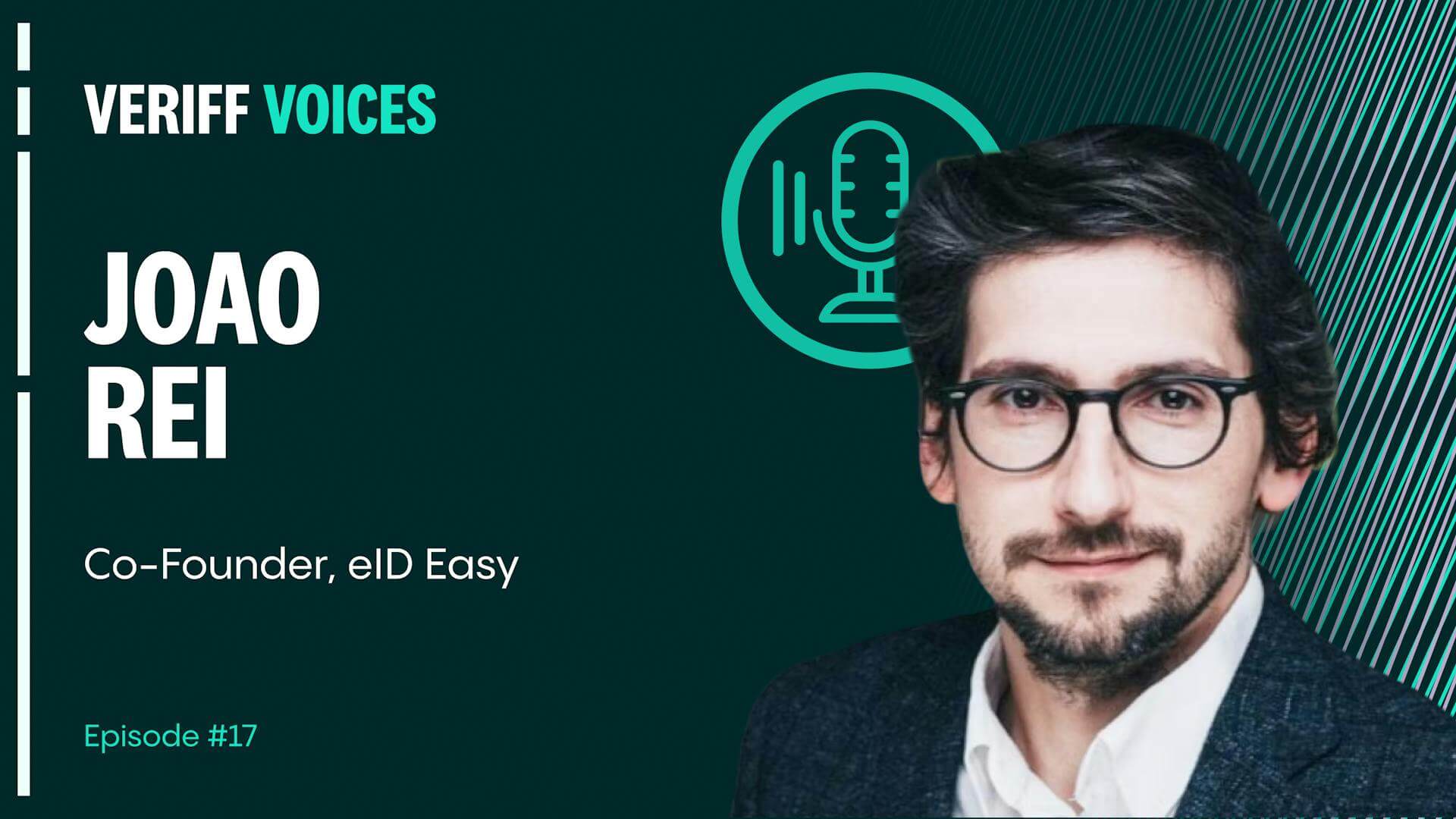
Listen to full conversation with Joao now!
Joao Rei credits the pandemic with the sudden surge in both interest and innovation in the world of online identification.
‘Governments worldwide had a wake-up call,’ he says. ‘They’ve seen that there is a need to identify citizens online, and let people conduct transactions online in a safer environment.’
Joao is cofounder of eID Easy – like Veriff, an Estonian based tech company with a focus on online identification. They have been in the market for around six years, mainly as an aggregator of existing electronic identities.
Joao is from Portugal, but has been living in Estonia for 15 years.
‘When I first moved to Estonia, I immediately fell in love with the whole infrastructure that the government has put in place here that allows citizens to use their physical ID cards, but to use them online,’ says Joao. ‘The interactions with the state were seamless. I could identify myself on my online banking and in everyday transactions using my ID card.’
Joao admits that the world is catching up, but believes Estonia’s forward thinking is paying off, not just for the state and for individuals, but for Estonian businesses too.
‘Veriff and eID Easy are somewhat unfairly lucky in that we’ve seen what the future looks like,’ he says.
Beyond a scribble on a PDF
When the Covid pandemic hit, the need to provide so many critical services and transactions online caused a problem: governments and businesses needed a way to verify a person’s identity without them being physically present. Initially that meant expedience took priority over security.
‘In 2020, everyone was rushing to do an online signature regardless of how that happened,’ says Joao. ‘So, you know, a scribble on a PDF was absolutely okay.’
While the pandemic is now behind us, the need to carry out much of our lives online has become something of an expectation. Fortunately, as Joao points out, a more robust approach to electronic signing is starting to take hold.
‘I think the world is maturing, and specifically certain industries are maturing. They want to make sure that the person signing the document or the scribble that is connected to someone’s identity is verified.’

I think the world is maturing, and specifically certain industries are maturing. They want to make sure that the person signing the document or the scribble that is connected to someone’s identity is verified.
Not all e-signatures are equal
For the uninitiated, electronic signatures come in several different types. As Joao explains, most are still quite basic in terms of their security features.
‘If you look at the majority of signatures today, they are still simple signatures. So, they are still signatures that are based on someone clicking on an email and getting maybe a two-factor authentication code on their phone and then the document is ‘signed’. Many of them don’t even have that level of security.’
The next level up are known as ‘advanced’ signatures.
‘An advanced signatures is where there is an identity layer behind,’ says Joao. ‘This could be anything from me logging in through my online bank – which some people are reluctant to do – to identity verification through video.’
The highest level of e-signature are known as qualified signatures. These are legally binding and equal in weight to a handwritten signature. The European Union in particular has a strong framework in place for cross-border acceptance of this type of electronic signature.
‘In order to get a qualified signature, you need to use what is called a qualified trust service provider,’ explains Joao. ‘Each country has multiple qualified trust service providers who in order to issue the user with a signing certificate need to verify the identity of the user, in most cases in a face-to-face manner. Face-to-face can also mean through means of video identification if there’s a human element behind, but that needs to be part of the process.’
It is this level of e-signature on which eID Easy are now concentrating, in order to offer the maximum level of security to their customers.

We look for a partner like Veriff that has that strong identity verification method, not just based on scanning the person’s passport, but everything else that comes with it that allows us to then use this as evidence to produce a high-quality signature,
The perfect partnership
Ensuring the highest possible quality of signatures means integrating only with the highest possible level of identity verification. Where available, that means national electronic identity frameworks like the one in Estonia. However, in many countries no such national framework yet exists, either due to the cost and complexity of implementation or because public opinion is against the idea. In these cases, eID Easy needs an identity verification partner whose processes are of a comparable standard.
‘We look for a partner like Veriff that has that strong identity verification method, not just based on scanning the person’s passport, but everything else that comes with it that allows us to then use this as evidence to produce a high-quality signature,’ says Joao.
Veriff’s identity verification solutions are based around highly accurate document verification that employs AI-powered automation with reinforced learning through human feedback and if required, manual verification. This can be combined with sophisticated biometric authentication via live video image capture.

Ensuring the highest possible quality of signatures means integrating only with the highest possible level of identity verification.
Unlocking new horizons in digital trust
As businesses and individuals increasingly rely on digital transactions, a secure, universally recognized means of signing digital documents has never been more important. By combining eID Easy’s plug-and-play e-signature API with Veriff’s sophisticated identity verification solution, the partnership will offer the best possible quality of electronic verification available on a global scale.
‘I think it is an innovation technically, but above all, it’s creating a new category of product that might not have been available before,’ says Joao.
‘This is the beginning of this partnership, which we hope will become very fruitful for Veriff’s clients and for our client base. We’re both committed to making this more solid, more secure and more user friendly.’
‘I think it’s such a beautiful thing that it’s two Estonian companies joining forces to face these challenges together. And I hope this is, as they say in Casablanca, the beginning of a beautiful friendship.’

Veriff Voices
Listen to the full conversation with Joao and explore more Veriff Voices podcast episodes here.




